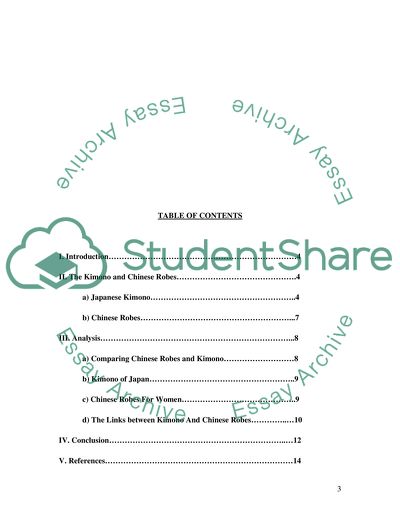Cite this document
(The Japanese Kimono and the Chinese Robes: Anthropological and Research Paper - 1, n.d.)
The Japanese Kimono and the Chinese Robes: Anthropological and Research Paper - 1. Retrieved from https://studentshare.org/design-technology/1751809-a-comparison-between-the-japanese-kimono-and-chinese-robe
The Japanese Kimono and the Chinese Robes: Anthropological and Research Paper - 1. Retrieved from https://studentshare.org/design-technology/1751809-a-comparison-between-the-japanese-kimono-and-chinese-robe
(The Japanese Kimono and the Chinese Robes: Anthropological and Research Paper - 1)
The Japanese Kimono and the Chinese Robes: Anthropological and Research Paper - 1. https://studentshare.org/design-technology/1751809-a-comparison-between-the-japanese-kimono-and-chinese-robe.
The Japanese Kimono and the Chinese Robes: Anthropological and Research Paper - 1. https://studentshare.org/design-technology/1751809-a-comparison-between-the-japanese-kimono-and-chinese-robe.
“The Japanese Kimono and the Chinese Robes: Anthropological and Research Paper - 1”, n.d. https://studentshare.org/design-technology/1751809-a-comparison-between-the-japanese-kimono-and-chinese-robe.


